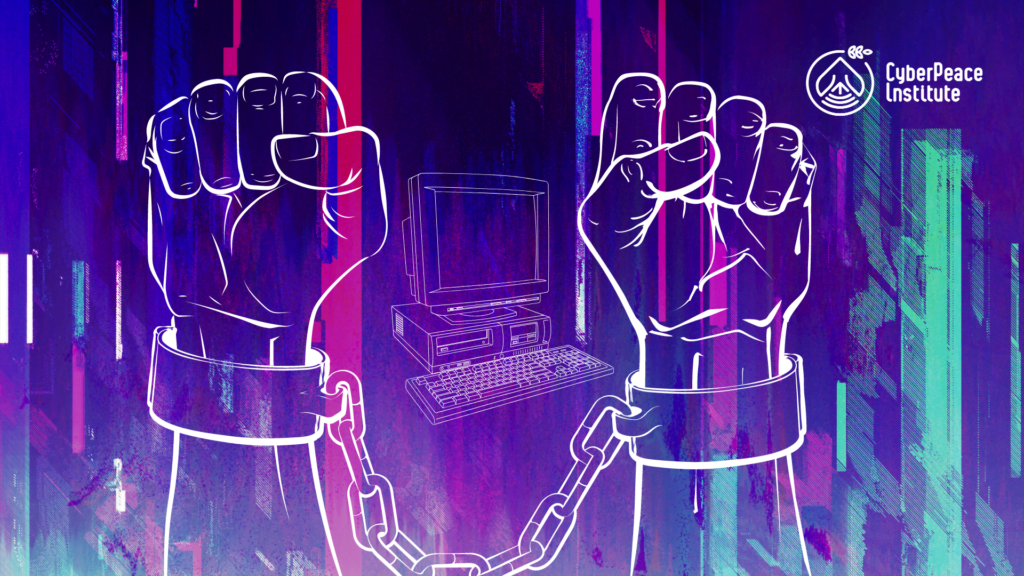In the interconnected world of today, the digital landscape offers unprecedented opportunities for growth and connection. However, this very platform also presents a darker reality, one where vulnerabilities are exploited, and lives are irreparably harmed. A harrowing example of this dark side is unfolding in Southeast Asia, specifically in countries like Burma, Thailand, Malaysia, and Laos, where an alarming trend of human trafficking and forced cybercrime is taking root.
The Trap of False Promises
Young adults and teenagers, in their quest for better opportunities, are being ensnared in a web of deceit. Lured by promising job offers on Facebook or messages from apparent lovers or friends on WhatsApp, these individuals, driven by the dire need for income, find themselves trapped and coerced into conducting scams and cyberattacks. A report from BenarNews highlights the grim reality faced by these victims, who are often held captive in structures along the Burmese-Thai border (BenarNews Report).
The Scope of the Crisis
The United Nations Office of the High Commissioner for Human Rights (OHCHR) reveals staggering numbers: at least 120,000 people across Myanmar and another 100,000 in Cambodia may be trapped in forced online scam operations, ranging from illegal gambling to crypto fraud (UN News). This is not just a localized issue; it’s a sprawling network of crime and exploitation. The United States Institute of Peace (USIP) reports that there are at least 17 distinct crime zones providing an estimated 5 million square meters of criminal office space along a 31-mile stretch of the Moei River on the Myanmar border with Thailand. The size of these zones expanded dramatically following the 2021 military coup in Myanmar (USIP Publication).
The Nature of Exploitation
Victims are often forced to engage in various forms of cybercrime, including malware attacks, crypto mining, ransomware, identity theft, and other digital currency scams. A study on cybercrime in Asia illustrates the vast spectrum of these illegal activities (ResearchGate Study). These crimes are not only devastating for the victims but also for the individuals and entities targeted by these scams.
Governmental Response and Its Shortcomings
The response from governments in the region has been underwhelming and sometimes counterproductive. For instance, China’s attempt to disrupt the power supply to a major criminal hub across the river in Myanmar was met with the deployment of generators by the local border guards and gangs. This reaction indicates a deep-seated complicity and highlights the challenges in addressing this crisis. Myanmar’s military junta’s lack of will or capacity to manage its Border Guard Forces and curb transnational crime only exacerbates the issue (USIP Publication).
The International Effort
Recognizing the severity of the issue, senior officials from ASEAN and China, along with the United Nations Office on Drugs and Crime (UNODC), have initiated the development of a strategic plan to respond to this growing threat. The plan, now finalized, emphasizes the need for cooperation among key neighboring countries and international law enforcement (UNODC Roadmap).
Leveraging Vulnerabilities: A Double-Edged Sword
This crisis is a stark reminder of how the digital world can be a double-edged sword. On one hand, it offers opportunities and connectivity, but on the other, it can exploit vulnerabilities. Individuals seeking better lives are trapped in a cycle of exploitation, forced to commit crimes that harm others. This scenario not only inflicts physical and psychological trauma on the victims but also undermines the trust and security that form the foundation of our digital world.
The Way Forward
The path forward requires a multifaceted approach. Strengthening governance and rule of law in areas with weak authority is crucial. There’s also a need for heightened awareness and education to prevent individuals from falling prey to these deceptive tactics. Moreover, international cooperation and robust law enforcement are key to dismantling these criminal networks.
This being said and as cybercrime continues to pose significant threats to individuals and businesses across the APAC region, efforts to bolster cybersecurity are increasingly vital. In light of this, The Asia Foundation, in partnership with the CyberPeace Institute and Global Cyber Alliance, is launching the APAC Cybersecurity Fund. This initiative, supported by Google.org, aims to address the growing cyber risks faced by underserved micro and small businesses, nonprofits, and social enterprises in the region. By providing upskilling tools and cyber clinics, the program seeks to equip local communities and students with the necessary skills to defend against online threats.
The situation in Southeast Asia in particular is a grim reminder of the darker aspects of our digital era. It underscores the urgent need to address the vulnerabilities that allow such exploitation and harm to flourish. As we navigate the complexities of the digital world, it’s imperative that we stay vigilant and committed to protecting the most vulnerable among us from such nefarious activities. The cyberpeace we seek is not just about preventing conflicts; it’s also about ensuring that our digital spaces do not become grounds for exploitation and harm.
This report has been authored by the CyberPeace Institute. GPT-4 was employed for editorial purposes.


